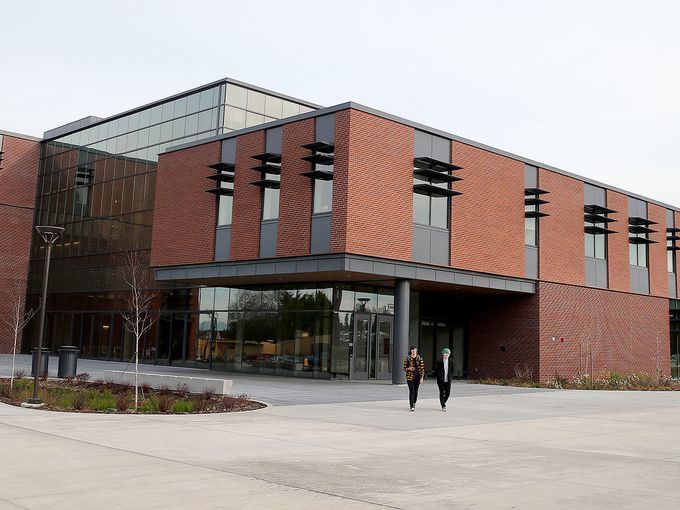
In the sustainable building design and construction industry, Leadership in Energy and Environmental Design (LEED) certification stands as a hallmark of excellence. Commissioning is central to achieving LEED certification, playing a crucial role in ensuring that buildings meet rigorous performance standards for energy efficiency, occupant comfort, and environmental sustainability. In today’s comprehensive guide, we will dive into the fundamentals of LEED commissioning, providing building owners and developers with a clear understanding of its importance, requirements, and benefits.
What is LEED Commissioning?
LEED commissioning is a systematic process that verifies and ensures the optimal performance of building systems specific to obtaining LEED certification. It involves a series of comprehensive tests, inspections, and documentation to identify and correct deficiencies, optimize energy efficiency, and enhance indoor environmental quality. LEED commissioning is typically performed by qualified commissioning agents or providers. The commissioning agents work closely with the project team to achieve LEED certification goals for the facility at hand.
Key Components of LEED Commissioning
- Fundamental Commissioning: This phase of commissioning focuses on verifying that the building’s systems are installed, calibrated, and operated according to both the owner’s project requirements (OPR) and the basis of design (BOD). It includes reviewing design documents, conducting functional performance testing, and documenting results to ensure that systems meet identified performance criteria.
- Enhanced Commissioning: In addition to fundamental commissioning, enhanced building commissioning involves a more extensive scope of services aimed at maximizing the building performance and sustainability. This can include developing a detailed commissioning plan, conducting additional verification tests, providing training to building operators, as well as performing post-occupancy reviews to address ongoing performance issues.
Benefits of LEED Commissioning for Building Owners & Developers
- Optimized Performance: LEED commissioning helps ensure that building systems operate at peak efficiency, resulting in lower energy consumption, decreased operating costs, and overall improved performance.
- Enhanced Comfort & Health: By verifying proper ventilation, temperature control, and indoor air quality, LEED commissioning creates a healthier and more comfortable environment for building occupants.
- Increased Durability and Longevity: Through proactive identification and resolution of issues, LEED commissioning supports in extending the lifespan of building systems, reducing the need for costly repairs and potential replacements.
- Risk Mitigation: By identifying and addressing potential deficiencies early in the construction process, LEED commissioning minimizes the risk of performance failures, warranty claims, and potential legal disputes, shielding the investment of both the building owners and developers.
- Demonstrated Commitment to Sustainability: LEED certification signifies a commitment to environmental stewardship and sustainability, enhancing the reputation and marketability of buildings in the eyes of tenants, investors, and the community.
The LEED Commissioning Process
- Pre-Design Phase: Establish project goals, define commissioning scope, and select a qualified commissioning agent.
- Design Phase: Develop the owner’s project requirements and basis of design documents, integrate commissioning requirements into design documents, and review design for compliance with LEED prerequisites and needed credits for certification.
- Construction Phase: Verify installation and performance of building systems through on-site inspections, functional testing, and documentation of all commissioning activities.
- Post-Construction Phase: Review the commissioning documentation, address any outstanding issues, and provide the final commissioning report to project team and LEED certification authority.
In conclusion, LEED commissioning is a vital process for building owners and developers seeking to achieve high-performing sustainable buildings. By ensuring that systems operate as intended, LEED commissioning maximizes energy efficiency, enhances occupant comfort, and reduces environmental impact. Moreover, LEED certification demonstrates a commitment to excellence and leadership in the field of sustainable design and construction. With a wealth of benefits and a proven track record, LEED commissioning is an essential investment for any building or facility.
